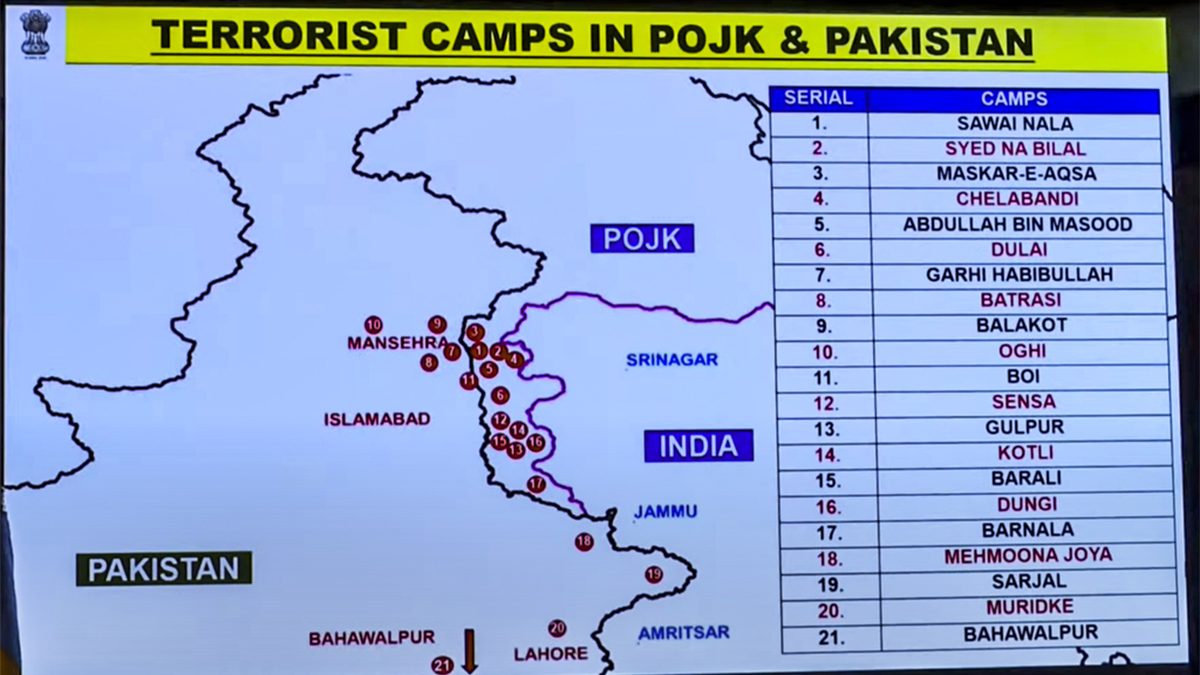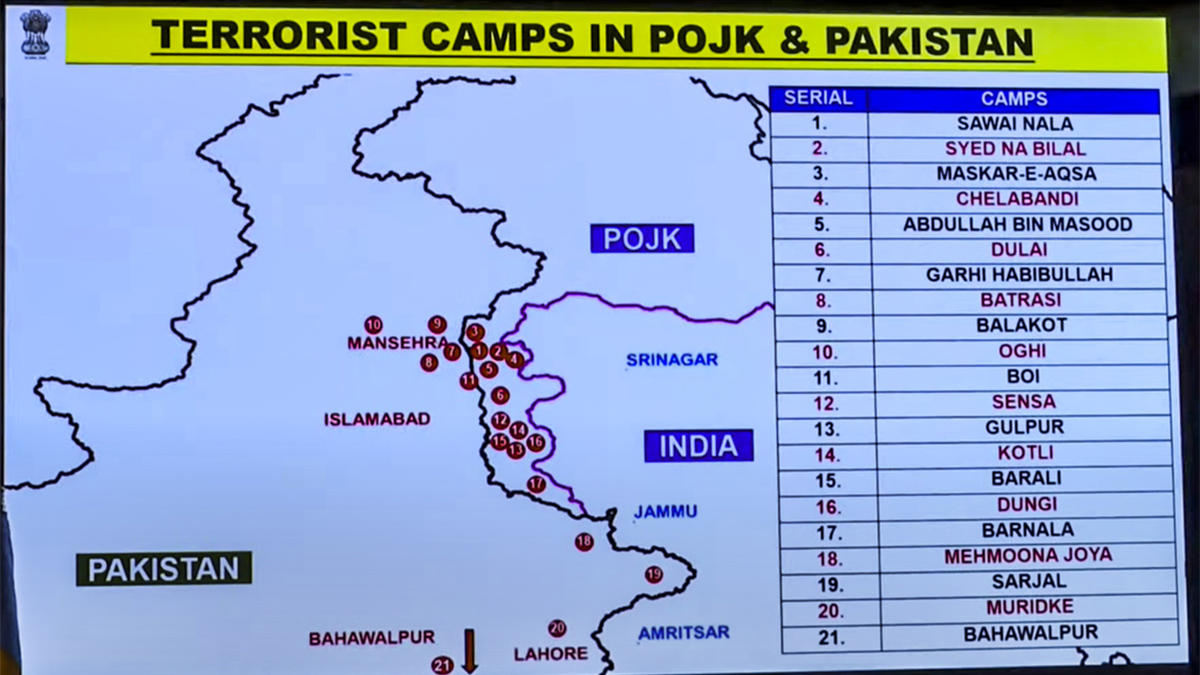India has carried out surgical strikes against Pakistan before.
Be it 2016 in Uri or 2019 in Balakot, there has been no shortage of responses from India to attacks from Pakistan.
However, Operation Sindoor is unlike any other previous strikes against Pakistan.
But why is this? What makes Operation Sindoor different?
Let’s take a closer look:
Wide-ranging response
The Times of India noted that the 2019 Balakot strikes and the 2016 Uri attacks were essentially a limited action.
However, as NDTV noted, Operation Sindoor is a wide-ranging response.
The strike hit nine separate locations in Pakistan and Pakistan-occupied Kashmir (PoK) including Muzaffarabad, Kotli, Bahawalpur, Rawalakot, Chakswari, Bhimber, Neelum Valley, Jhelum, and Chakwal.
India hit Pakistan with 24 missile strikes – the most it has ever launched in a single-day action.
Follow all updates on Operation Sindoor LIVE here
Compare this to Balakot when India hit just one target – a Jaish-E-Mohammed terror training camp in Khyber Pakhtunwa province in Pakistan.
Sindoor also struck deep into Pakistan and Pakistan-occupied territory.
“The sheer scale of militant loss sent a strong message to terrorist networks and their handlers. India now reserves the right to strike pre-emptively, and no location is beyond reach,” a government source told the outlet.
The idea behind Operation Sindoor was to shake the foundation of terror coming from Pakistan.
“Over 70 militants were reported killed, and more than 60 others were injured during the coordinated assault,” the source added.
Moneycontrol noted that New Delhi has widened its range of possible targets in Pakistan and Pakistani-occupied territory – letting Islamabad know that potentially no location is safe.
As security analyst Aadil Mir told ANI, “India has crossed two significant thresholds… striking multiple sites and targeting Pakistan’s heartland. This goes far beyond 2019.”
Weapons systems used
As per NDTV, all three services – Indian Army, Indian Navy and Indian Air Force – were involved in Operation Sindoor.
A number of weapons including SCALP (Storm Shadow) missiles which have a range of over 250 kilometres, Highly Agile Modular Munition Extended Range (Hammer) precision bombs and loitering munitions were used.
“Within less than an hour, all missiles had struck their designated targets. The strikes were synchronised to avoid detection and maximise the element of surprise. Real-time footage from UAVs confirmed the destruction of target facilities. The decision to target deep into Pakistani-administered territory was a departure from prior doctrine and marked a new level of strategic assertiveness,” a government source said.
New red line?
Moneycontrol noted that the operation is an indication that India is shifting its red line against Pakistan.
A piece in The Times of India stated that the strikes had put Pakistan on notice about the escalating price of terror from across the border.
It noted that India also focussed on terror infrastructure rather than military installations – thus avoiding increasing tensions further.
The outlet quoted Brigadier Hemant Mahajan (Retd) as saying, “This was a world-class, precision strike. The Armed Forces must be complimented. We hit them when they least expected it - and hit them hard.”
Different name, different mindset
As per Indian Express, the defence establishment has also indicated a change in mindset with its choice of the name of the operation.
Rather than seek to play up India’s military firepower, the establishment instead decided to honour the Pahalgam terror attack victims.
Sources said Prime Minister Narendra Modi chose the name of the operation.
India previously used the following names – Operation Riddle, Operation Ablaze, Operation Cactus-Lily, Operation Trident, Operation Python, Operation Meghdoot, Operation Vijay, Operation Safed Sagar, and Operation Bandar during conflicts with Pakistan.
The choice was a tribute to those who lost their husbands in the Pahalgam attack which left 26 dead.
With inputs from agencies


)
)
)
)
)
)
)
)
)